The 93-year-old Queen Elizabeth II was photographed on Sunday—for the first time ever, according to multiple news sources—wearing a hearing aid.
The device was photographed in her right ear by the British newspaper, Daily Mail, and was partially hidden by her hair. Below is an enlargement of the exposed portion of the device from the photo.
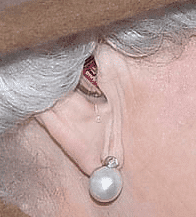
This sent the audiological social media world all atwitter, because upon closer examination it’s pretty apparent the Queen is wearing a Signia Silk completely-in-the-canal (CIC) hearing aid. Although an exceptional hearing device, the Silk is an instant-fit device—a surprise choice for the storied monarch who most would expect to have been fitted with a custom hearing aid. Additionally, it appears that the CIC is not optimally positioned in the Queen’s ear, leading to suggestions by hearing care professionals that she could benefit from counseling on a better insertion technique.
Apart from the audiological nit-picking, most social media posts lauded the Queen for taking proactive steps for improving her hearing status. Others speculated that the Queen’s hearing aids might provide a boost in hearing awareness and hearing aid sales throughout the United Kingdom, similar to how Ronald Reagan being fitted with hearing aid (see photo of Siemens/Signia’s Thomas Powers fitting President Reagan below) was said to give the US market a sales boost—sometimes referred to in the industry as the Reagan Effect.
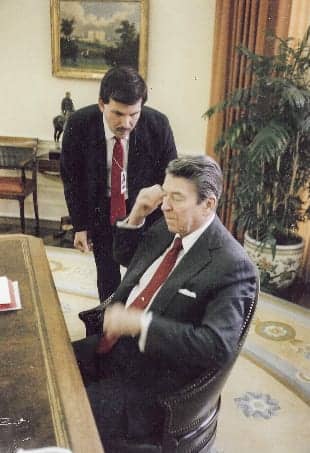
Image: © Lorna Roberts | Dreamstime.com

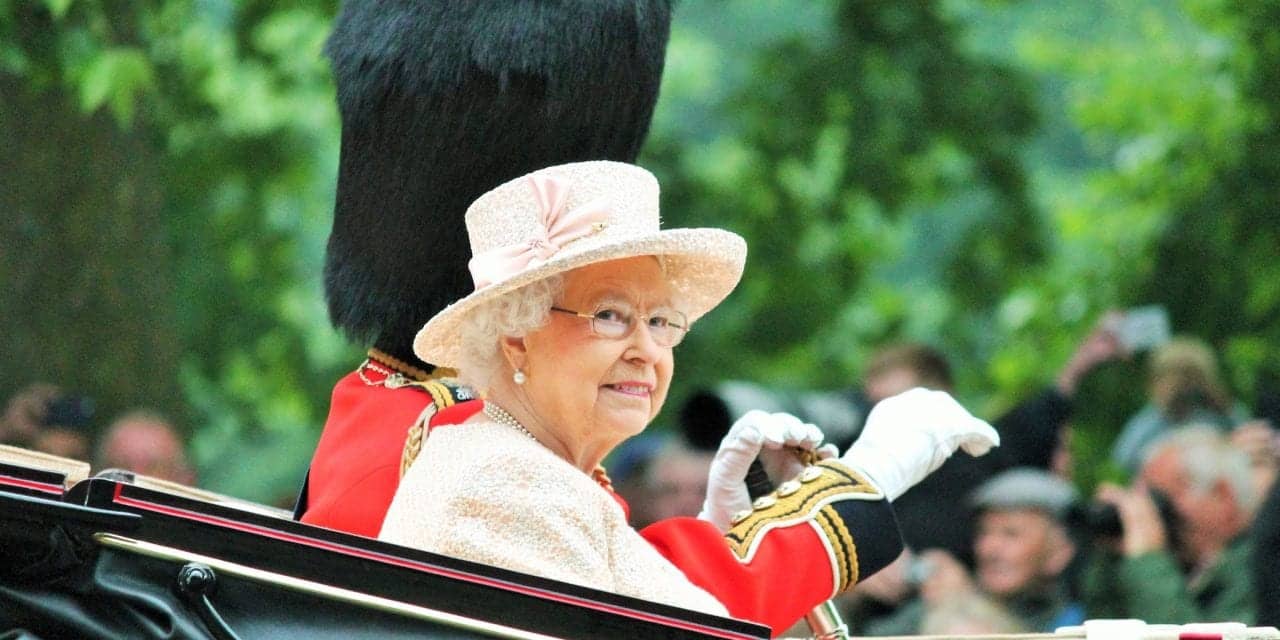
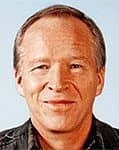


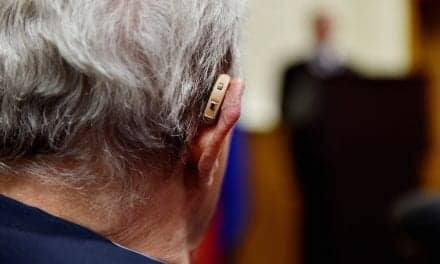
Not an hearing aid, she is in permanent contact with SAS and soon meghan will crush on a bridge pile 😉
We went through this with Reagan. We went through this with Clinton. Hearing aid sales will never get out of the 20-something percent market share area until people believe that their hearing is at least as important as their eyesight, a concept that the industry has failed miserably over the years to convey to the public. And by industry I mean all of us, specialists, audiologists, manufacturers, all of us. When I began to work in this field in 1981 market share was 22%. It has barely risen since then despite the hype of celebrity fittings and much ballyhoo’d technological advancements. None of this mattered nor will ever matter until we address the fundamentals of why people don’t address their hearing loss or until we acknowledge the roots of the reasons the public distrusts this industry in the first place. Articles like this, well meaning though they are, are mere exercises in whistling past the graveyard.